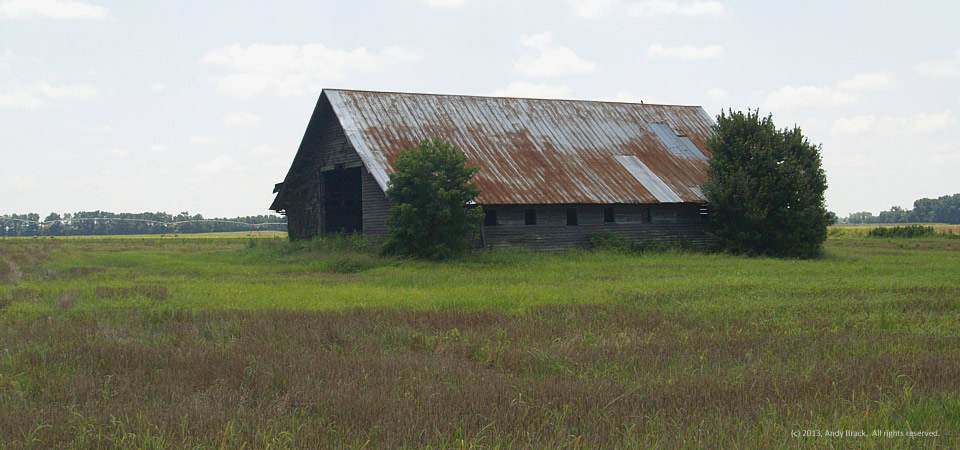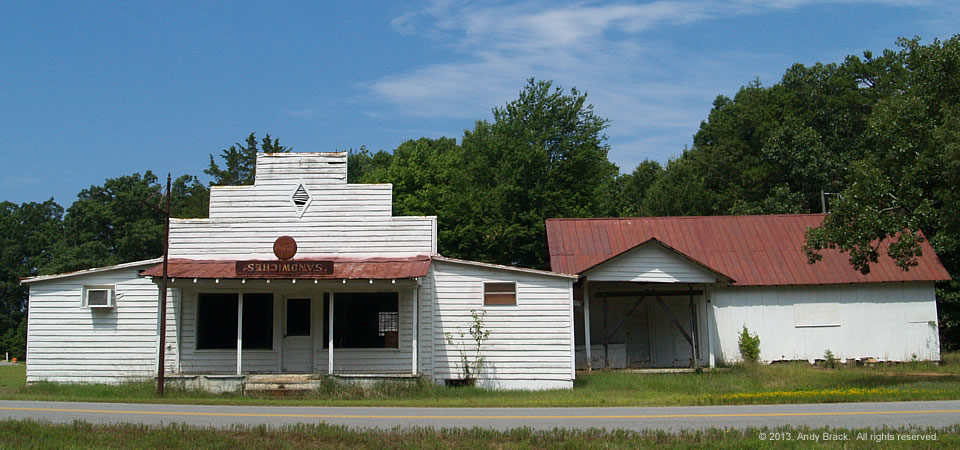
This old railroad depot in the unincorporated community of Salters, S.C., looks almost exactly like a depot we featured in June that’s in Leary, Ga.
Former editor Linda W. Brown tells us that the old depot was built in the 1850s when the railroad came to town and served the community for about 100 years. “The community was actually known as Salters Depot for many years,” she writes. “Charlie Walker never called it anything else although he pronounced the last syllable as if it were a cooking utensil. Salters has always been an agricultural community and the depot primarily handled ag products.”
Residents, who often refer to themselves as “Saltines,” love their community and many fight hard to keep out landfills or growth of a current one, Brown writes.
“Visiting Salters for me is like stepping back in time to an era when people spent the afternoons sitting on their front porches watching the trains go by,” she writes.
Williamsburg County, located in the middle of the Southern Crescent, is about 75 miles north of Charleston, S.C. Just under 34,000 people live in the county, which is about the number who lived there in 1900, according to Census figures. Population peaked in 1950 at 43,807, but has dropped slowly since then.
About two-thirds of county residents are black, with almost all of those remaining being white. Only 2 percent of those in the county are of Hispanic descent. Some 32.8 percent of residents live in poverty, according to the Census. Of the county’s 1,921 firms, 36.5 percent are black-owned — a percentage that is three times South Carolina’s average.
Copyrighted photo by Linda W. Brown, courtesy of the photographer. All rights reserved.










